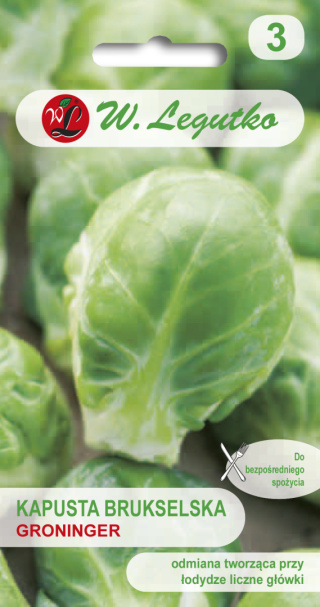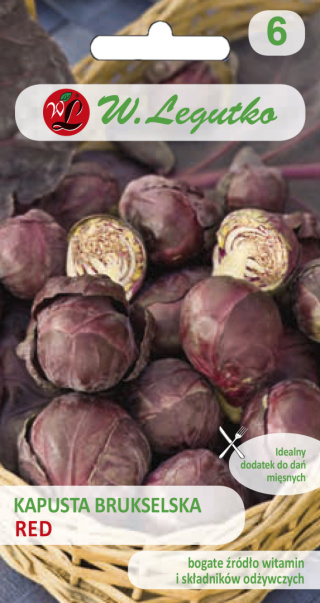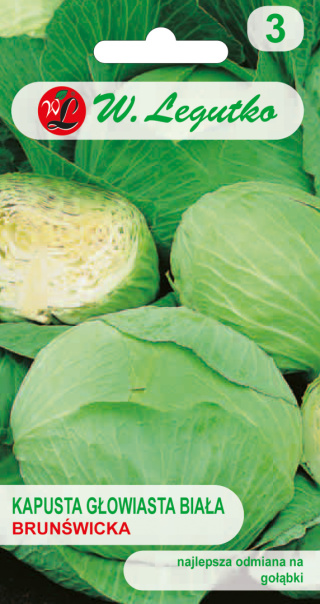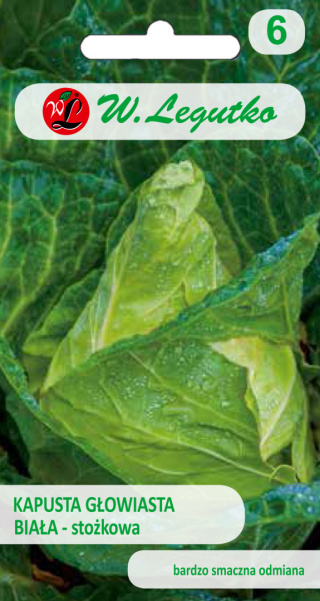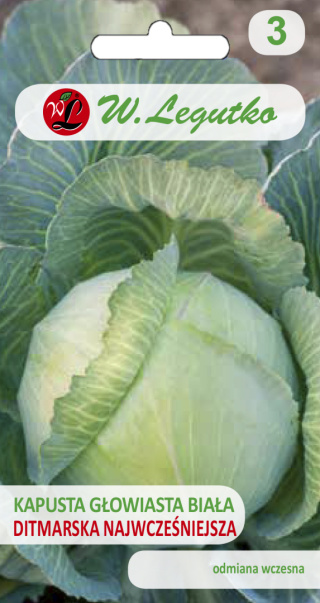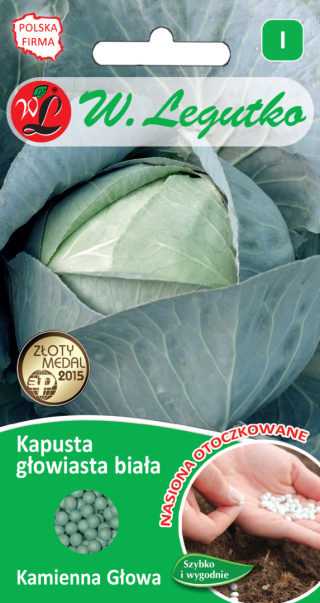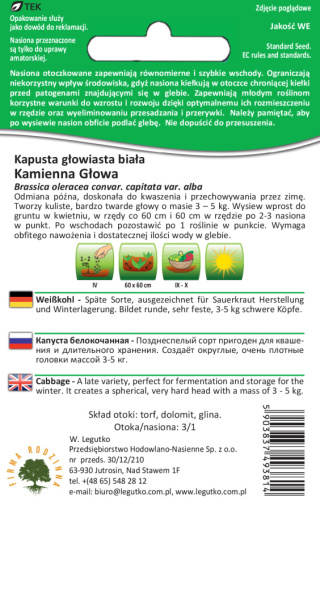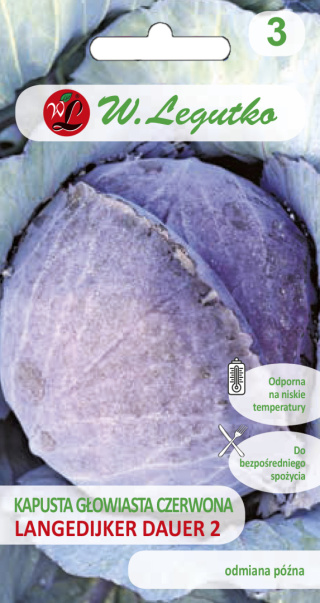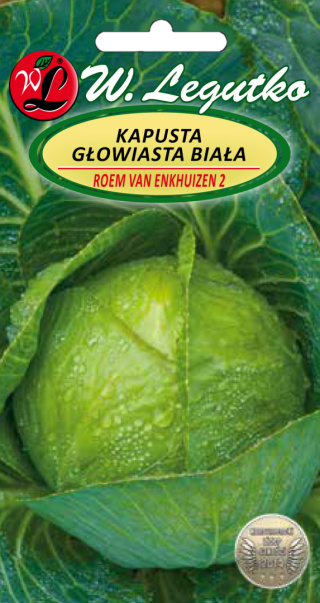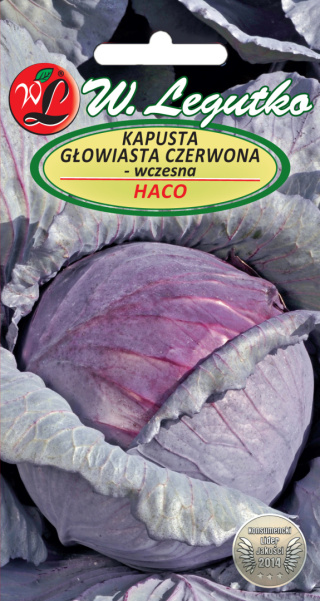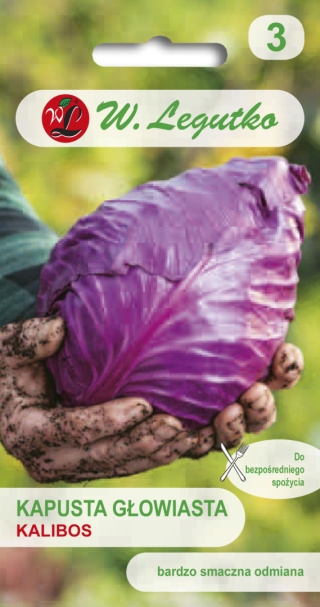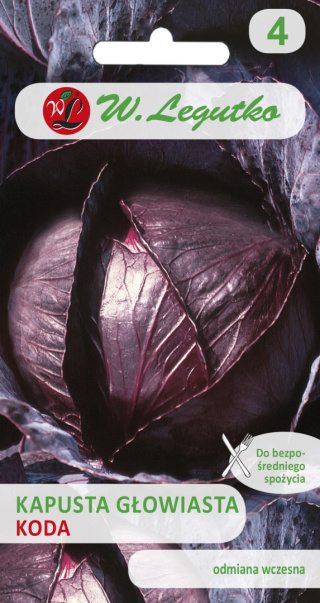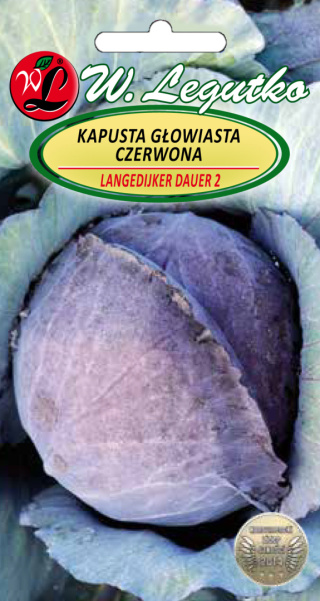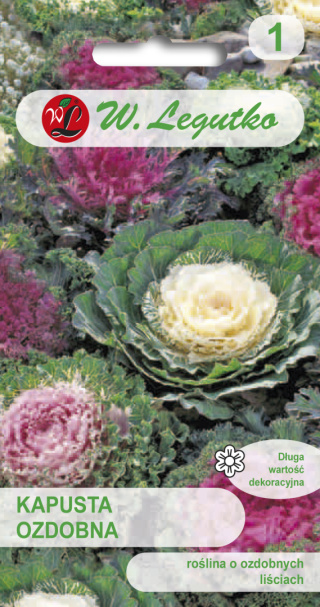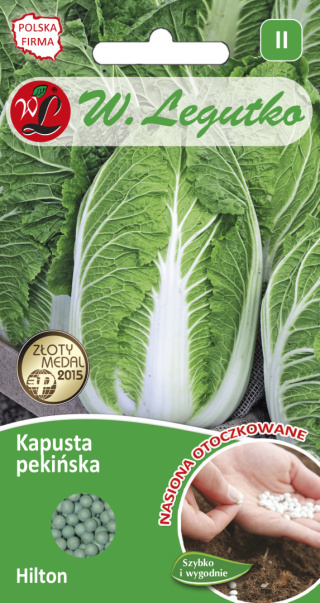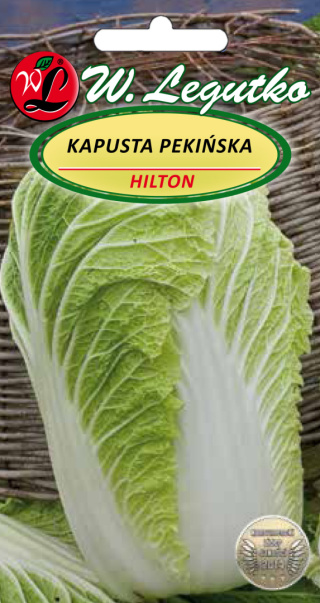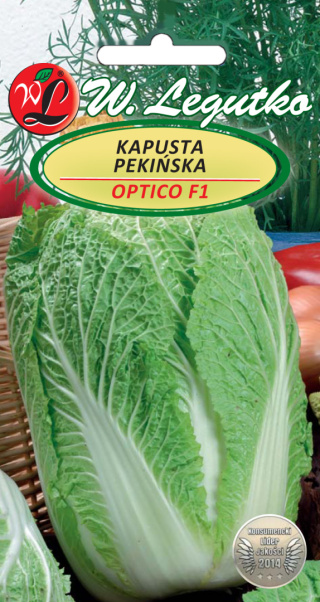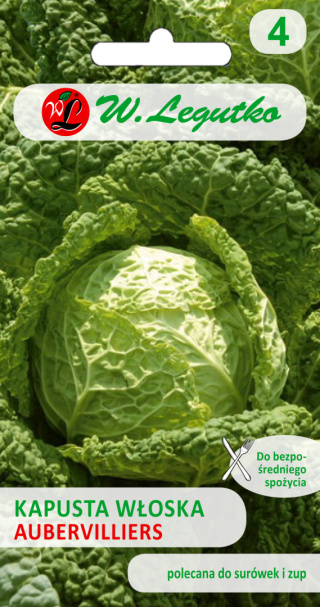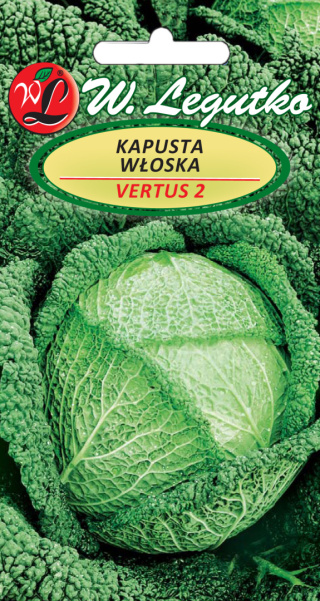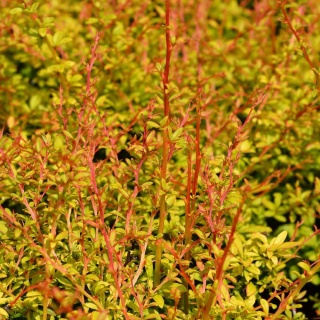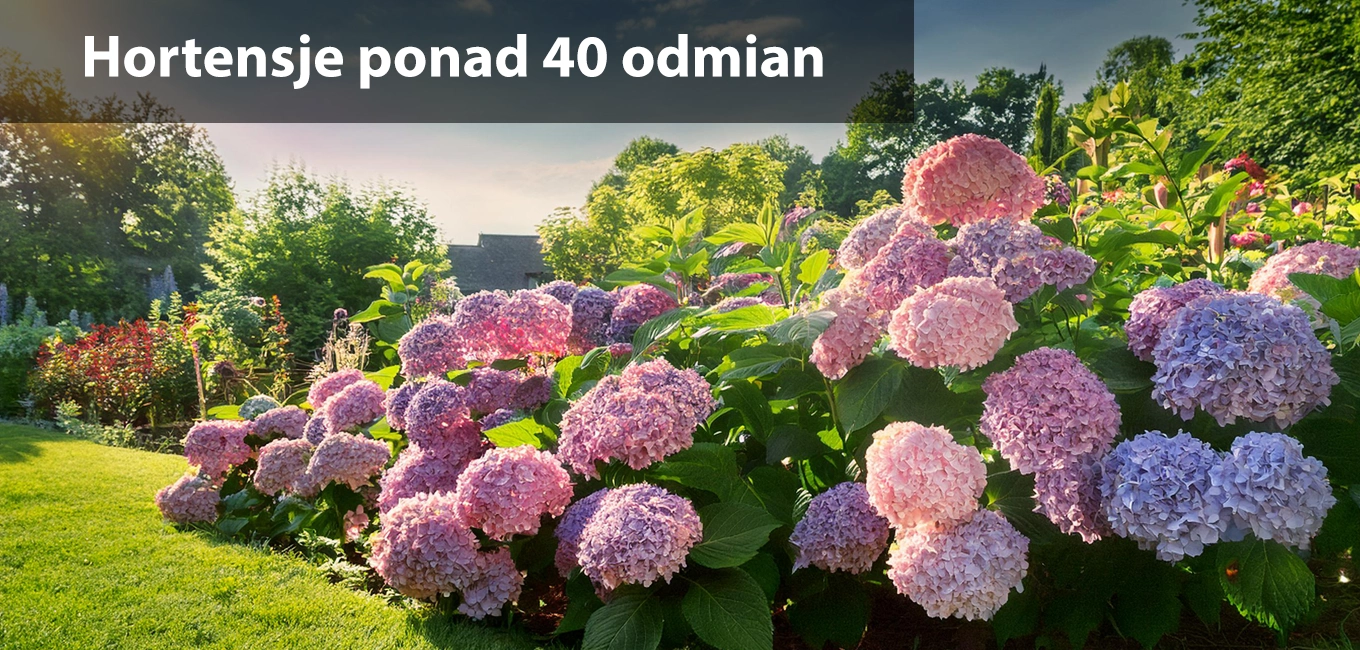Kapusta
Liczba produktów: 18Kapusta to popularne warzywo o wszechstronnym zastosowaniu w kuchni, bogate w witaminy i minerały. Oferujemy nasiona różnych odmian kapusty, idealnych do uprawy w polskich warunkach klimatycznych.
Kapusta (Brassica oleracea) to roślina dwuletnia z rodziny kapustowatych, uprawiana jako jednoroczna. Jest źródłem witamin C, K, B6 oraz kwasu foliowego i błonnika. Regularne spożywanie kapusty wspomaga układ odpornościowy, trawienny oraz krążenia.
Wymagania uprawowe:
-
Stanowisko: Kapusta preferuje stanowiska słoneczne, ale toleruje także półcień. Jest rośliną odporną na chłody, jednak optymalna temperatura wzrostu to 15-20°C.
-
Gleba: Najlepiej rośnie na glebach żyznych, próchnicznych, o odczynie obojętnym do lekko kwaśnego (pH 6,0-7,0). Gleba powinna być wilgotna, ale nie podmokła.
Siew i pielęgnacja:
-
Siew: Nasiona kapusty wysiewa się na rozsadniku od marca do kwietnia. Rozsadę sadzi się do gruntu w maju, zachowując rozstawę 40-60 cm między roślinami, w zależności od odmiany.
-
Nawadnianie: Kapusta wymaga regularnego podlewania, zwłaszcza w okresie wiązania główek. Należy unikać przesuszenia gleby, które może prowadzić do zahamowania wzrostu.
-
Nawożenie: Przed sadzeniem warto wzbogacić glebę kompostem lub dobrze rozłożonym obornikiem. W trakcie wegetacji można stosować nawozy mineralne z przewagą azotu w początkowej fazie wzrostu, a następnie fosforu i potasu.
Odmiany kapusty polecane do uprawy:
-
Kamienna Głowa: Odmiana późna, tworząca duże, twarde główki, doskonała do kiszenia i przechowywania.
-
Express: Odmiana wczesna, o małych, zwartych główkach, idealna do bezpośredniego spożycia.
-
Amager: Odmiana średnio późna, o spłaszczonych główkach, polecana do przechowywania i przetwórstwa.
Zbiór i przechowywanie:
Kapustę zbiera się w zależności od odmiany od czerwca (odmiany wczesne) do października (odmiany późne). Główki należy ścinać ostrym nożem, pozostawiając kilka zewnętrznych liści ochronnych. Odmiany późne nadają się do przechowywania w chłodnych, wilgotnych pomieszczeniach przez kilka miesięcy.

